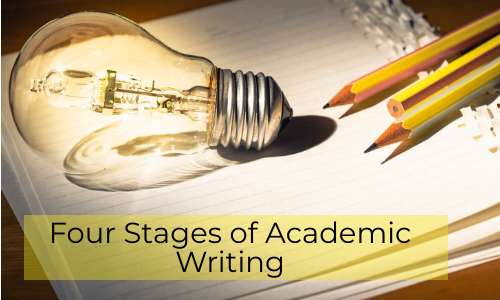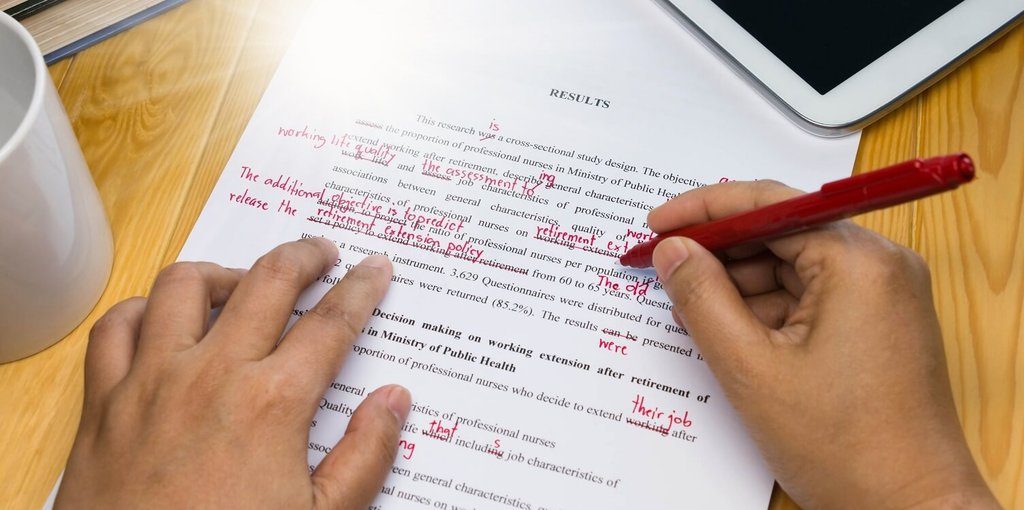
Four Stages of Academic Writing
During the ordinary academic year, students are often told to submit their assignments that majorly include, essays, reports, literature reviews, reflective writing, oral presentations or submissions, business analysis and so on. This is why it has become important for students to have the right knowledge regarding the type of writing required for their content and assignment. The type of writing you choose for your assignment has the potential to draw the attention of the evaluator that can eventually help you to score well in your semester, with successful interpretation and communication.
If your content is written in an innovative way with virtuous vocabulary, only then the audience could stick themselves till the end. So it’s your responsibility to make sure that the content is very engaging and interesting that generates a feeling of empathy towards the character presented in the story line. If you master yourself with the skills for writing, then no one could stop you from drafting an explicit piece that brings you a step closer towards being a good writer.
In this blog, we have discussed about the four stages of writing, which majorly talks about the aspects that need to be concentrated while drafting a paper. Let us have a detailed look into it.
First stage

This is the initial stage of the writing process, where you search for relevant data and facts for your content. Without this phase, the writer is unable to develop his topic, which is why they need to perform comprehensive research that is needed to fulfill the requirement of your content. You can simply collect this data from various sources like books, research papers, newspaper articles, observations and researches made by scholars, along with some content collected from online websites and relevant portals. If you are well aware of what should be included in your paper, then the whole process would automatically proceed in a systematic manner, with no worries or blocks.
Use of relevant books: Visit the library and search for the books that are related to your content and literature topic. Conduct extensive research while going through these books and bring out the content that is suitable for your literature. Do not copy the pieces of content or information from any book; make sure that you only use it for the purpose of reference.
Online websites: With the coming of internet, the world and the information available all over it seems to be very accessible since this medium has brought people together. Online platforms like Facebook, YouTube, Quora, TedTalks and Wikipedia provide immense amount of information that can be suitable for your content. So make sure that you make the maximum use of these platforms for gathering information.
Observation: At times, you must observe a person first to find a relevant source of information that can be added to your content. Therefore, the writer must adopt writing as his occupation that can help them observe most of the data in the interested field.
Second Stage

By this stage, the writer has potentially collected all the relevant information for his content, which would be enough to build up his literature with adequate facts. Here, you must assemble information in a proper manner so that it justifies the meaning of your contextual logic. This stage should be used effectively by the writer, where he takes into account the interest and expectation of the audience. This means that they need to draft the content step by step.
Prepare a proper framework: After completing stage one, the next thing that you need to do is prepare a better outline for your content. You must plan things accordingly, as to where the information might be most impactful in your content. The section here includes the introduction part, body paragraphs and conclusion.
Mind map: The author must prepare a rough mind map at this stage so that it can help him prepare a strong opinion based on the data collected from facts. The whole process of writing and compiling content should be visualized by the author beforehand.
Draft your paper: At this point, the author begins with the writing process. This is the stage where all the efforts are brought into practice by the author.
Third Stage

After preparing the first copy of your content, revise it thoroughly for several days. This process helps you to eliminate all the errors and mistakes made in your assignment and makes your draft look perfect in every sense. The whole process of revision, re-writing, checking and assembling should be done repeatedly until you get an impeccable result.
Rework: At this stage, all the loopholes should be covered to make your work look impeccable in the eyes of the readers—just lookout for any grammatical or contextual errors made in your assignment.
Re-frame: After covering all the errors made in your assignment, the next thing that you need to do is re-frame your content. Some sections require restructuring and omission, so be careful while performing one.
Reassemble: This process talks about the repeated work of polishing, where you reassemble all of your content that needs to be presented in the form of a final draft. This is a possible urge, where the author feels to present his content before the public and make it accessible among the audience.
Fourth Stage
This is the final stage, where you send your content for re-checking and verification by the intellectuals. Tell them to give an honest reply about your content, whether it’s positive or negative just tell them to be specific about it.






